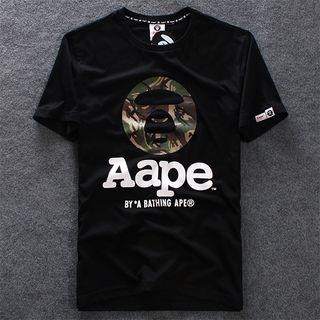To determine the authenticity of clothing fabrics, you can master the following authenticity identification skills to avoid buying fake and shoddy goods:
1. Visual inspection: Take a close look at the appearance of the fabric. Real high-quality fabrics usually have a smooth, fine texture, uniform color, and no obvious color differences or spots. If you notice dazzling brightness, blurred colors, or uneven color distribution, it may be a sign of counterfeit fabrics.
2. Touch identification: Touch the fabric lightly. Real high-quality fabrics usually feel soft, smooth, silky and shiny. If it feels rough, hard, or has a strange touch, it’s likely that the fabric is of poor quality or has a chemical coating added to it.
3. Elasticity test: Stretch the fabric and let go. Real high-quality fabrics usually have good elasticity and can quickly return to their original shape. If the fabric does not return to its original shape immediately after stretching, but instead deforms or relaxes, it may be a sign of counterfeit fabric.
4. Smell identification: Smell the fabric to see if it has an unusual smell. Really high-quality fabrics usually have no pungent or peculiar smell, while inferior fabrics may have a distinct pungent or chemical smell.
5. Singing test: A small piece of fabric can be taken for grilling test. Real natural fiber fabrics such as cotton, silk, wool, etc. usually have a slight burnt smell when burned, and will form ash after burning. Synthetic or man-made fiber fabrics usually have a distinct smell of melted plastic when burned, and will form lumps after burning.
6. Brand traceability: Choosing clothing produced by well-known brands or trustworthy manufacturers when purchasing can greatly reduce the risk of purchasing fake and shoddy products. Purchase through official channels and verify the authenticity of brand logos, trademarks, anti-counterfeiting labels and other information.
It should be noted that the above is only a preliminary judgment method. Different types of fabrics may have different characteristics and identification methods. For advanced custom-made clothing or special fabrics, it is recommended to consult a professional clothing consultant or seek a professional appraisal agency for evaluation.








